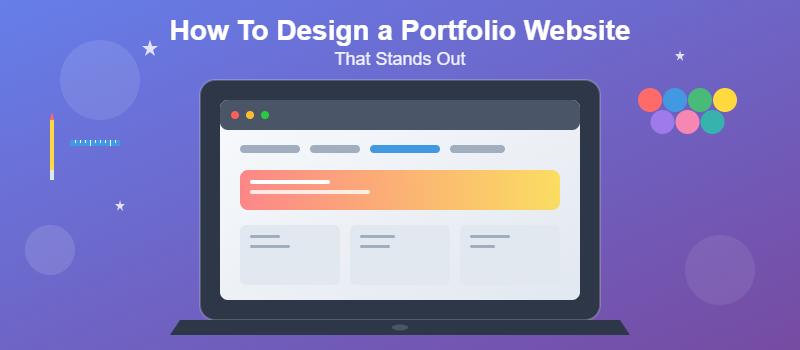Nowadays everyone wants to succeed in their business. Social networks help to cope with this task. There are many ways to develop business and social networks are one of the main ones. This way of promotion is not very expensive, and sometimes even free. The main task of social networks is to attract new customers. It is very important to know the conditions for publication: what, where and how best to do. And after that promotion will bring a positive result. The essay writing company helped us to understand this. They know how to promote their business in social networks like no one else.
Facebook is very popular social network. Usually it is used to communicate or exchange photos between friends or relatives. It is also, however, a powerful business tool. Since a huge number of people gathered at one site, businessmen began using their pages for commercial purposes.
– Facebook Pages
Facebook “profiles” are commonly used to socialize, but Facebook “pages” are more suited to a businesses. Pages are similar to profiles, but they tagged as a category of business type, given a title instead of a person’s name, and have several other business-related features such as a place to keep detailed business information. If you already have a Facebook account, you can simply add a page for your business. Since it is tied to your personal profile, you can instantly promote it to all of your friends. If you are not yet on Facebook, you can create a page and a new account at the same time. Once your basic page is set up, add a short blurb and any other information you wish to share with the public… it’s important to remember that ANYONE can see your page, once they choose to become a “fan” (as opposed to a friend) of your page. Along with inviting your existing Facebook friends to become a fan, you can promote your Facebook page on your website, in your newsletter and within any of your networking tools.
– What to Include on Your Facebook Page
Along with your basic business information, you can use Facebook to keep people up-to-date on your business. The photos area of your page is a great place to include design work. Consider creating various portfolio “albums” with examples of your design projects. This will allow visitors to your page to see your work without going to your website. You can also use the Facebook “wall” to add updates on recent projects and news on your business. This is a simple, yet powerful, tool because any fans of your page will see your updates on their Facebook home page… another way to remind people about your design business.
– Additional Facebook Page Tools
In addition to the basic page, Facebook offers ways to promote your business. Paid advertising on the Facebook network is available, as well as a simple tool to send all of your fans a message. You can include a discussion board for clients and fans, and an area for reviews of your business. Remember that while Facebook is a helpful tool, it also opens up the door for people to comment on your business, through your wall, reviews and other areas… be sure to closely monitor your Facebook page to be sure it is working to your advantage.
– Your LinkedIn Profile
The main content on LinkedIn is user profiles. Profiles are like an online resume, with a member’s job history, education, website links, professional memberships and awards and honors. Your profile is your chance to tailor a page that other LinkedIn members will see. You can expand a profile with a note about current projects (“What are you working on?”), recommendations, personal information and even a selection of applications with various functions. LinkedIn makes completing your profile easy by telling you what percentage of it is complete. Having a LinkedIn profile gives people another way to find you based on your skill set… and another way to find graphic design jobs and projects.
– LinkedIn Contacts
Once your profile is set up, you can connect with others. You can start by importing contacts from address books or email accounts to check who is on LinkedIn, and search for specific people to add others. You can join groups to connect with people in your industry or from schools you attended, and you can see who your connections are connected with to extend your network. By extending your contact group, you can help others find you and help yourself find others who you may want to collaborate with.
Twitter is often thought of as a social tool… a way to keep up with your friends on what they are doing at any given moment. It can, however, be a powerful business tool. Countless businesses from software developers to illustrators to the New York Times use Twitter to keep their “followers” up-to-date on their latest happenings.
– Your Twitter Account
In order to get followed or follow others, you first need a Twitter account. Signing up for Twitter is easy… they only ask for a name, username, password and email address to get started. Your username will also act as your Twitter URL, a place to send people who want the latest on your business. Once signed up, you can add minimal profile information, such as a photo and one line bio, as the idea of Twitter is that is serves one purpose well…
“ To communicate through quick answers to the question: What are you doing?”
– Following and Followers
Once a member, Twitter is based on those that you follow and those that follow you. If using Twitter as a business tool, getting a following is key. Start by following those you know who are already on Twitter, whether they be individuals or businesses, and many will likely follow you back. You can search for people you know and simply choose to follow them from their profile page. You can also promote your Twitter page on your website, in newsletters and in other forms of communication with your clients. Those who are on Twitter will hopefully choose to follow you, and you will have an instant way to give them an update.
– What to “Tweet”
Once you are on Twitter it’s time to create your first “tweet.” Since you are building a business audience, you may decide it’s best to keep your tweets business related. If this is the case and you want to Twitter on a personal level, create a separate account. You can include updates on anything, from a link to a recently completed project to a note about what you are working on… anything that may be of interest to potential or existing clients. Even if Twittering leads to one graphic design project it will be worth the relatively minimal time put into the tool.































